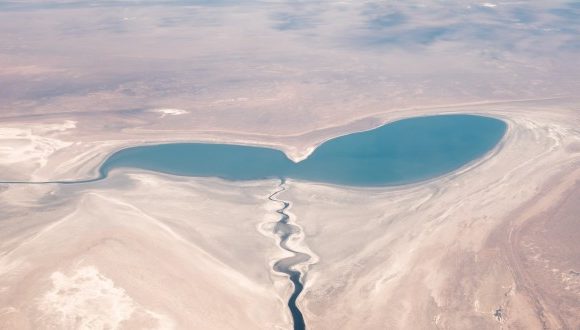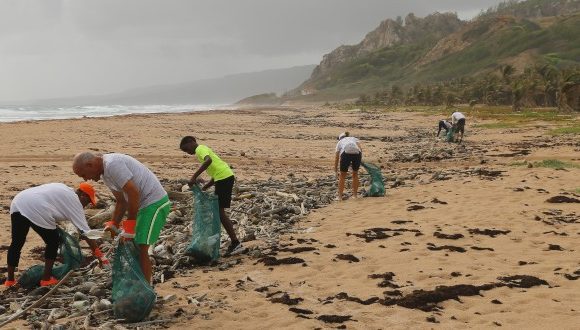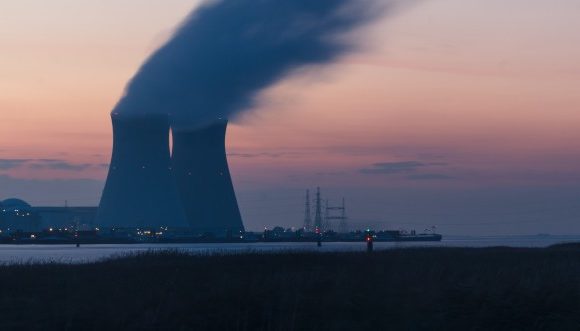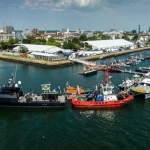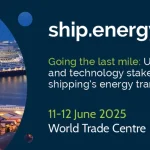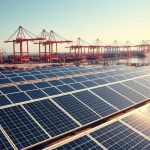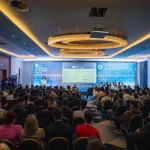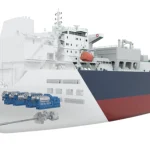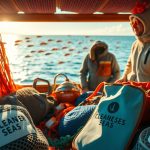Isle of Man Ship Registry Believes Flag States Have an Important Role to Play in Promoting Green Shipping
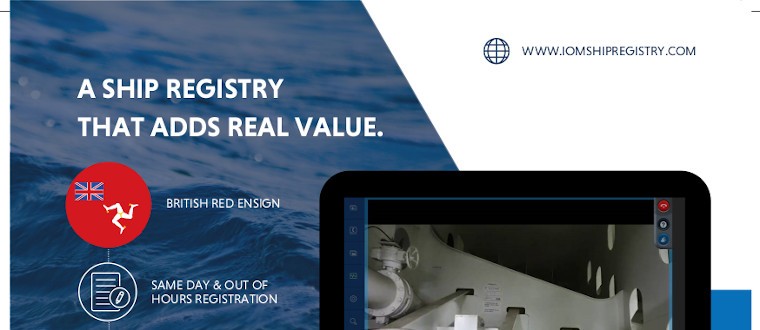
Pioneering research into green propulsion technology is underway across the maritime sector in an effort to decarbonise shipping and find viable alternative marine fuels. The Isle of Man Ship Registry (IOMSR) believes flag states have an important role to play in promoting green shipping by creating a pragmatic regulatory framework which rewards innovation and helps the industry meet the International Maritime Organizations environmental targets.
In April 2014, the registry unveiled its Green Fee initiative, offering registration discounts of up to 25 per cent to ship owners adopting energy efficient ship designs that reduce fuel consumption and air pollution. Seven years on, businesses face difficult choices as they strive to achieve the IMO’s goal of reducing greenhouse gas emissions from shipping by at least 50 per cent by 2050 compared to 2008 levels.
Bill Liddell, a Senior Surveyor at IOMSR, says some shipping companies are reducing emissions by moving from ‘black’ emission-unfriendly hydrocarbon fuels to ‘grey’ transition fuels such as LPG and LNG. Others are moving one step further by switching directly to ‘blue’ biofuels and other low flashpoint fuels. As ever the case in shipping, there is trade off to be had – “Blue” biofuels and other low flashpoint fuels have less energy per unit volume and therefore efficiency and power are affected.
Getting towards ‘green’ fuel technologies using hydroelectric, wind-electric or nuclear energy to synthesise hydrogen rich fuels is the ultimate goal, since truly green fuels have the smallest carbon impact.
He said: “It’s a massive arena and everyone is vying for your business. Ship owners are hesitant about making investments because there are so many potential routes to take. Do you go from black fuel straight to blue fuel, or perhaps transition to grey fuel now to start reducing your impact immediately and go fully green when it is a viable option? Whichever you choose it involves capital expenditure”.
“A huge amount of work is underway to explore the various fuel technologies. Engine manufacturers are developing new solutions and designs to take account of the different fuel types and their combustion characteristics, some of which have not yet been certified for use. There are some genuine concerns within the industry that there is a lack of a robust regulatory framework, standards and guidance in the development and use of fuel technologies and in many instances the necessary distribution and infrastructure are not in place in sufficient volume to meet demand”.
“The biggest decision at the moment for companies is what approach to take and how to achieve it. If your company has committed to reducing its carbon impact by 50 per cent in the next five years, what is it going to do now?”
Retrofitting vessels to run on liquefied petroleum gas (LPG) is one option available today. Thanks to ground breaking work carried out by IOMSR alongside Oslo-listed shipping company BW LPG, owners of mature gas carriers are also able to adopt this approach and see GHG/carbon emission reductions and return on investment immediately.
Prior to March 2020, gas carriers designed and built to the 1983 International Gas Carrier code (as amended) were only permitted the use of liquefied natural gas (LNG) as a fuel. IOMSR worked with BW LPG and partners Wartsila Gas Solutions, MAN Energy Solutions and DNV-GL, to secure the granting of a design equivalence by the IMO, allowing the use of LPG as a fuel.
The Very Large Gas Carrier (VLGC) BW Gemini was the first of BW’s nine Manx Registered LPG vessels to be retrofitted for this fuel, setting a precedent in the industry and enabling IOMSR to issue the first flag acceptance of a modification to use LPG as fuel for older gas tankers.
Mr Liddell said: “The legislation those particular ships were built to didn’t permit the use of LPG as fuel, so we had to get a design equivalence standard of safety to be able to do that”.
“I do believe more companies will look to go down this route because retrofitting their engines is something they can do now. The work requires the ship to be out of service for approximately two months and can be done during a dry-dock period with suitable preparation”.
“This approach doesn’t suit every vessel, but it does work for gas carriers as they already have the safety and control systems in place to handle a liquid gas cargo. Other types of ship would have to install it making it a far more involved (and expensive) process.”
IOMSR believes the industry has a collective responsibility to respond to the climate emergency by taking action to effect real change. Last November the registry became the first flag state to join the Getting to Zero Coalition, an industry-led alliance working towards decarbonising the international maritime shipping sector. The Coalition, whose members include more than 120 organisations from the maritime, energy, infrastructure and finance sectors, says the development and deployment of commercially viable, deep-sea zero-emission vessels by 2030 is key to achieving IMO targets.
Mr Liddell added: “Fuel choice needs to be matched to the vessel type and the anticipated service of the ship. You’ve got to have a very open mind in terms of what your solution will be”.
“There seems to be a real mix of approaches. Some businesses are taking action, some are weighing up what it will cost and the pros and cons, and others are just holding off until there is a bit more certainty on the direction things will take”.
Without defined recording parameters, without defined efficiency measures, without a uniform and transparent data exchange structure throughout the entire fuel chain how can you reliably compare the improvement one small change in any part of that chain makes relative to another?
How do you compare one ship type/size efficiency relative to another or evidence you are actually achieving theoretical or modelled emission reductions?
How will you prove you are meeting your companies declared carbon reduction goals and prove you are meeting the Internationally agreed limits indicated on your vessels statutory certification?
This area in particular needs more urgent scrutiny by the regulators, industry is crying out for suitable guidance in order to structure development pathways and properly reasoned arguments to raise capital investment (any change, by definition comes at a cost).
It’s hard to see where one piece of a jigsaw fits without an overall picture to look at – carbon impact starts in the ground, finishes in the atmosphere and literally affects every process in-between.

